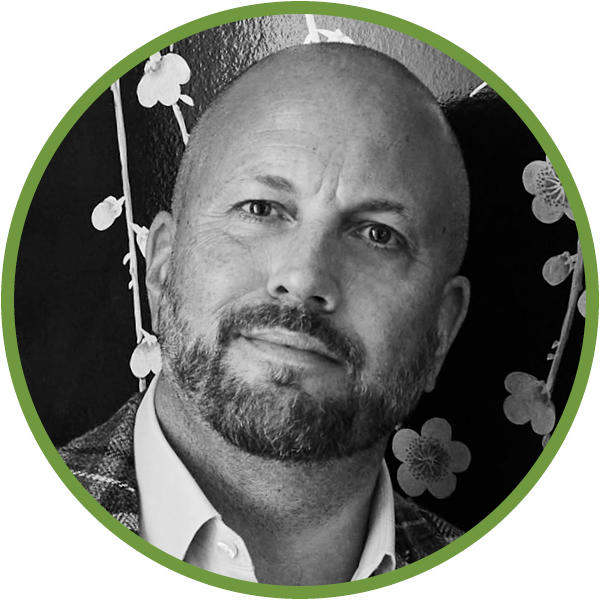After reimagining his firm with the help of a business coach, Los Angeles–based Kevin Isbell emerged with a new outlook on what matters most. Today, his business is expressly designed to support his desire to obsess over details, his shopping style and his sense of self-worth.

Kevin IsbellCourtesy of designer
How do you arrive at a position where you feel like your fees align with the value you’re providing?
A lot of therapy—and business coaching from Sean Low, who helped me realize that I’m not coming to the table with nothing. I’m coming to the table with years of experience and hundreds of projects similar to the one I’m interviewing for behind me. He showed me that I am not powerless in this negotiation.

Ready to dig in?
This article is available exclusively for
BOH subscribers and BOH Insiders.
BOH subscribers and BOH Insiders.
Want full access?










































